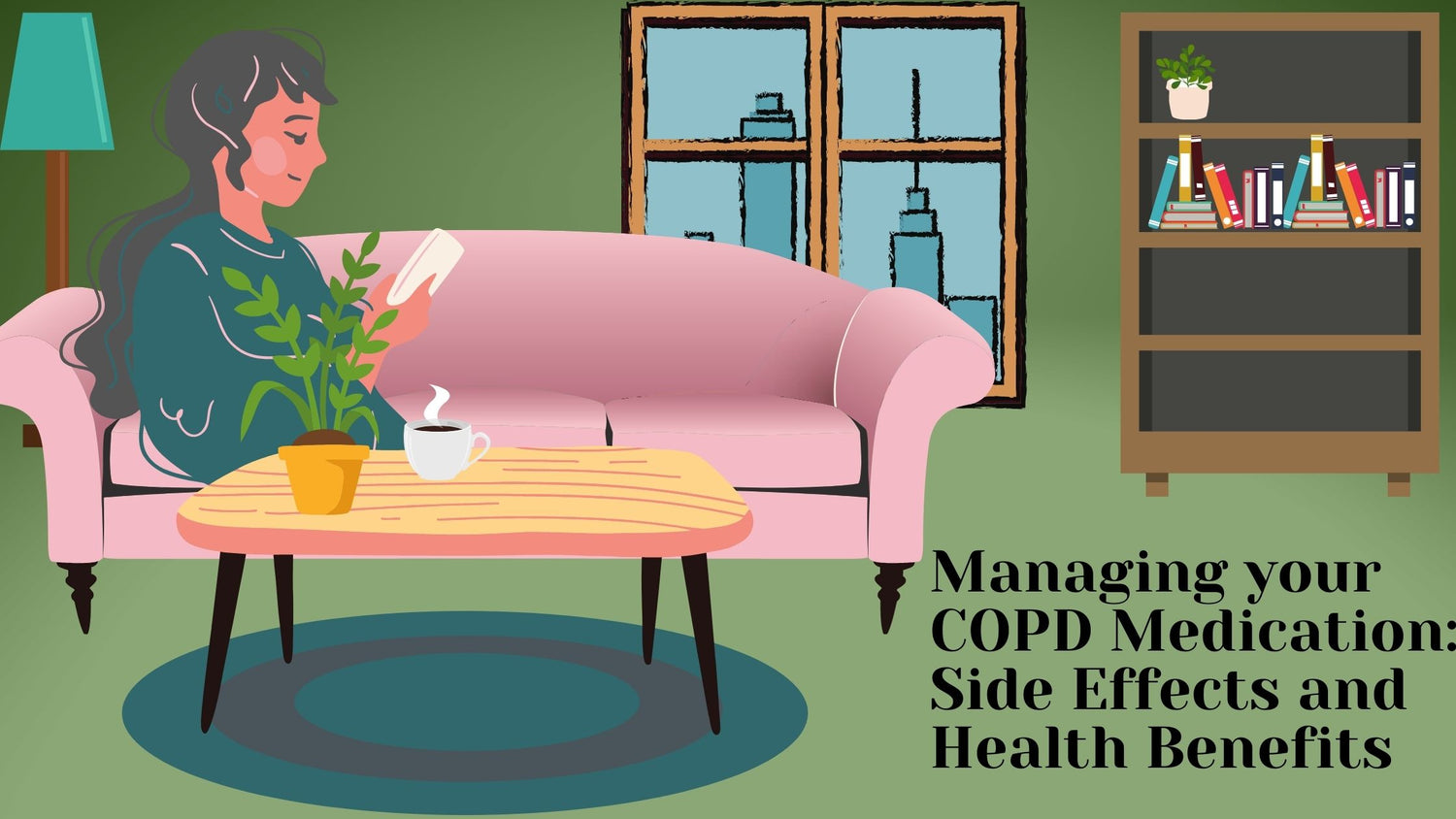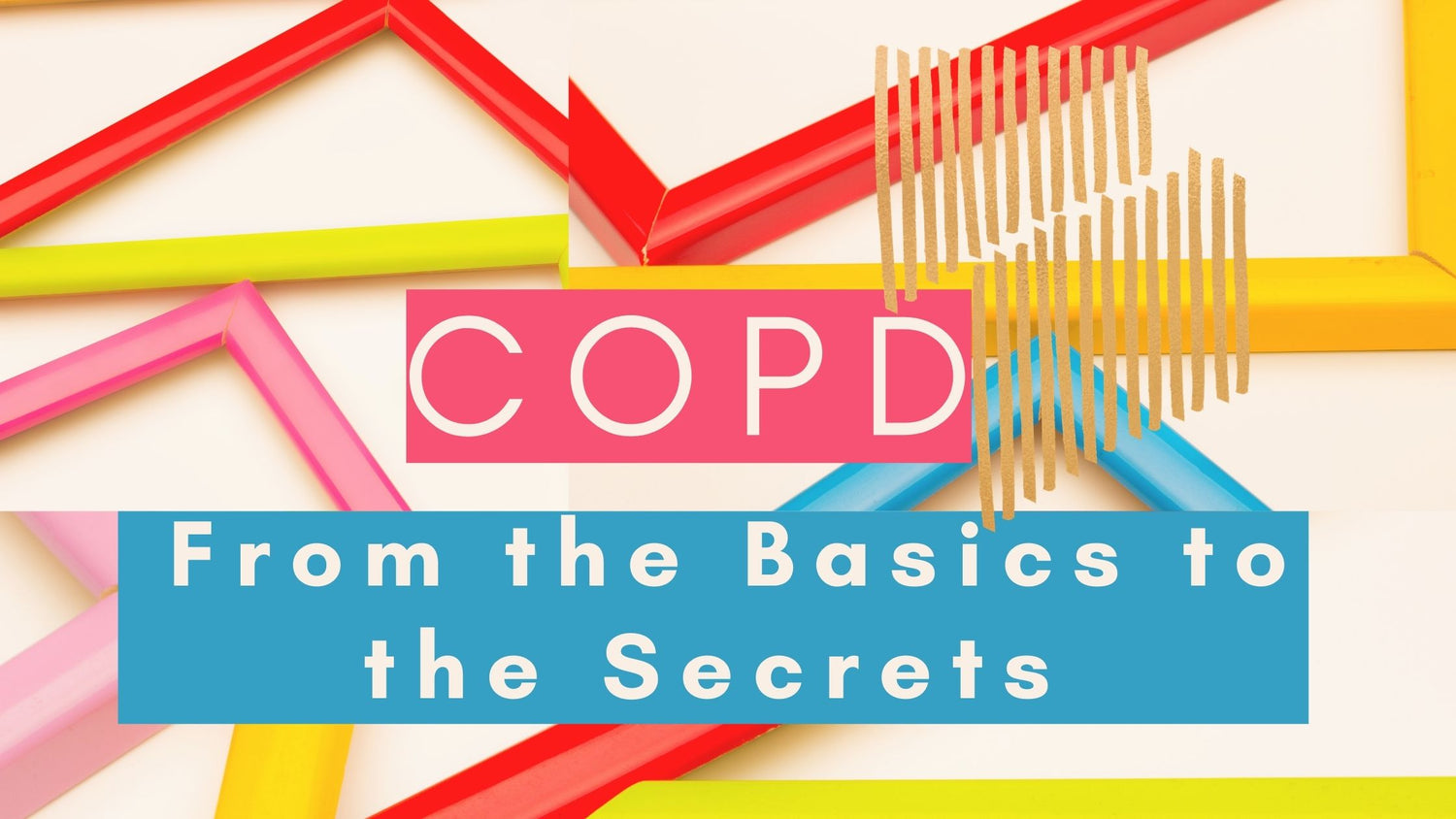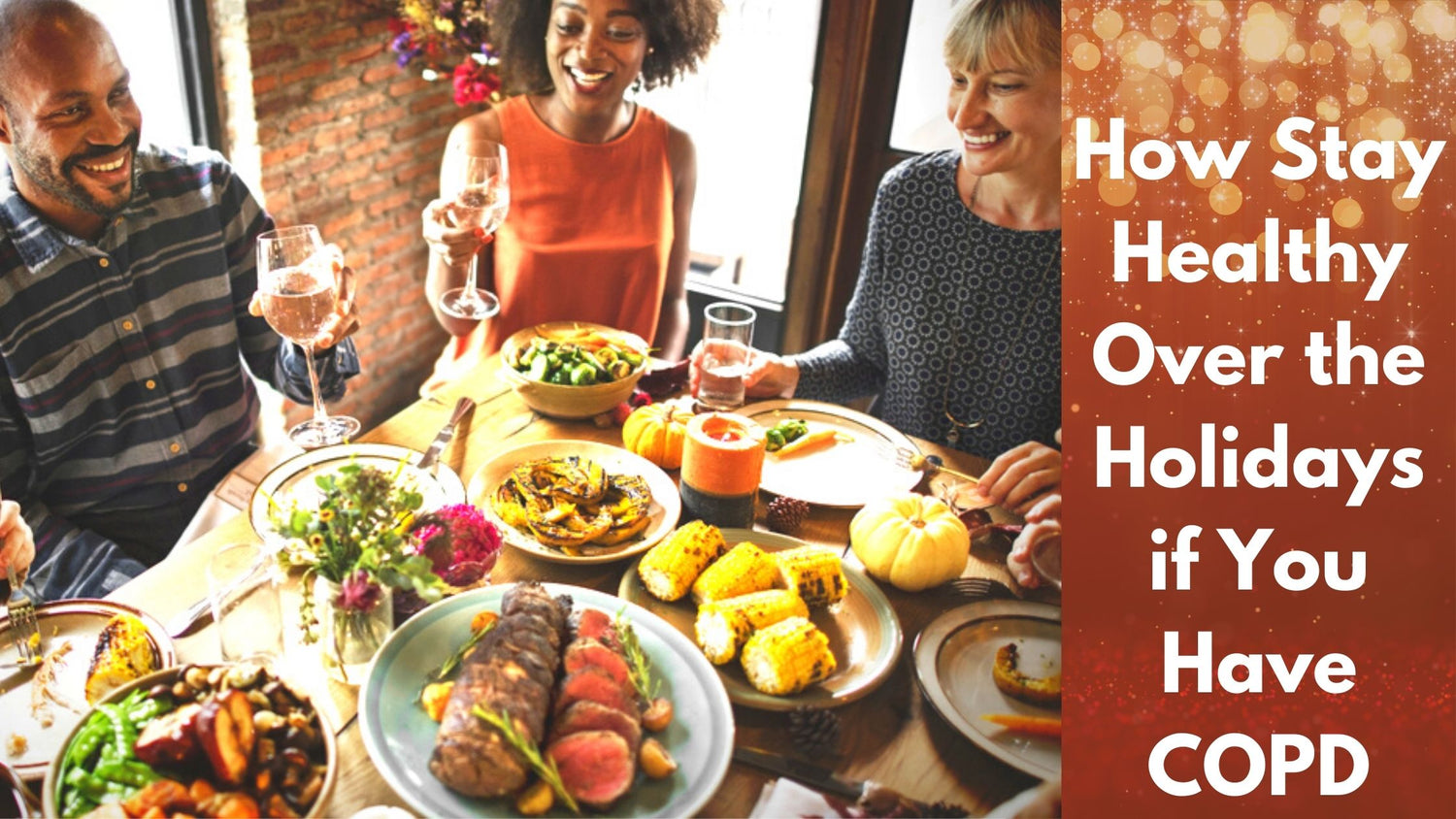Respiratory Resource Center - LPT Medical
Managing your COPD Medication: Side Effects and Health Benefits
C hronic obstructive pulmonary disease (COPD) is a disease...
Read MoreBeing Diagnosed with COPD: From the Basics to the Secrets
Chronic respiratory diseases (CRDs) are diseases within your...
Read MoreHow Stay Healthy Over the Holidays if You Have COPD
The holidays can be a stressful time for...
Read More


